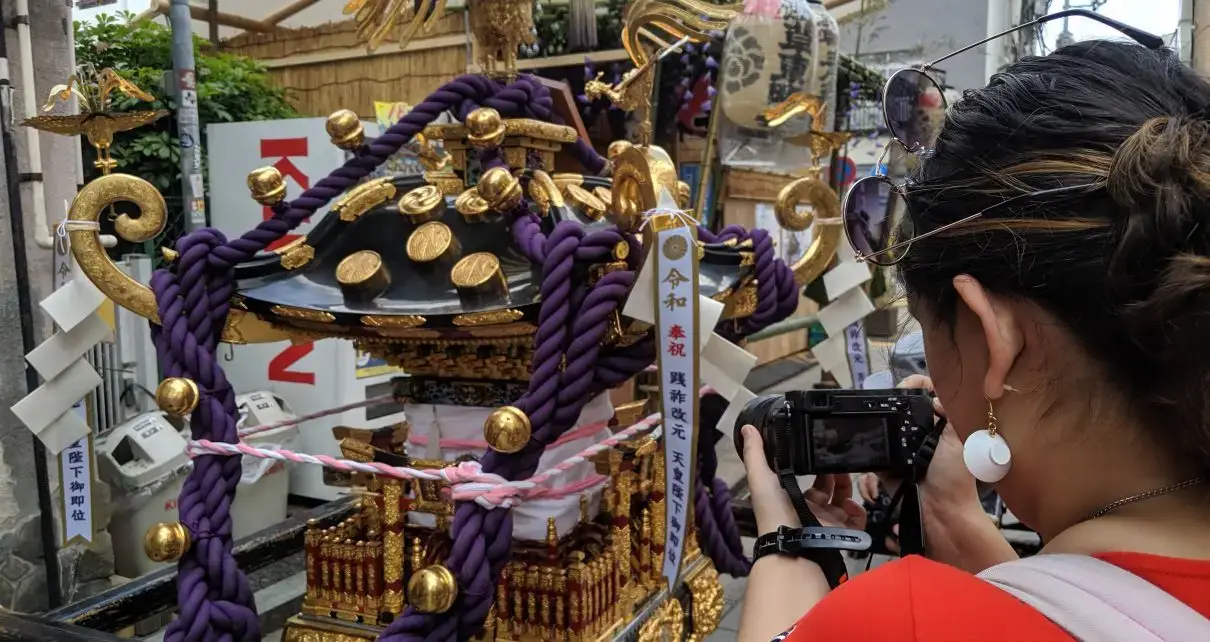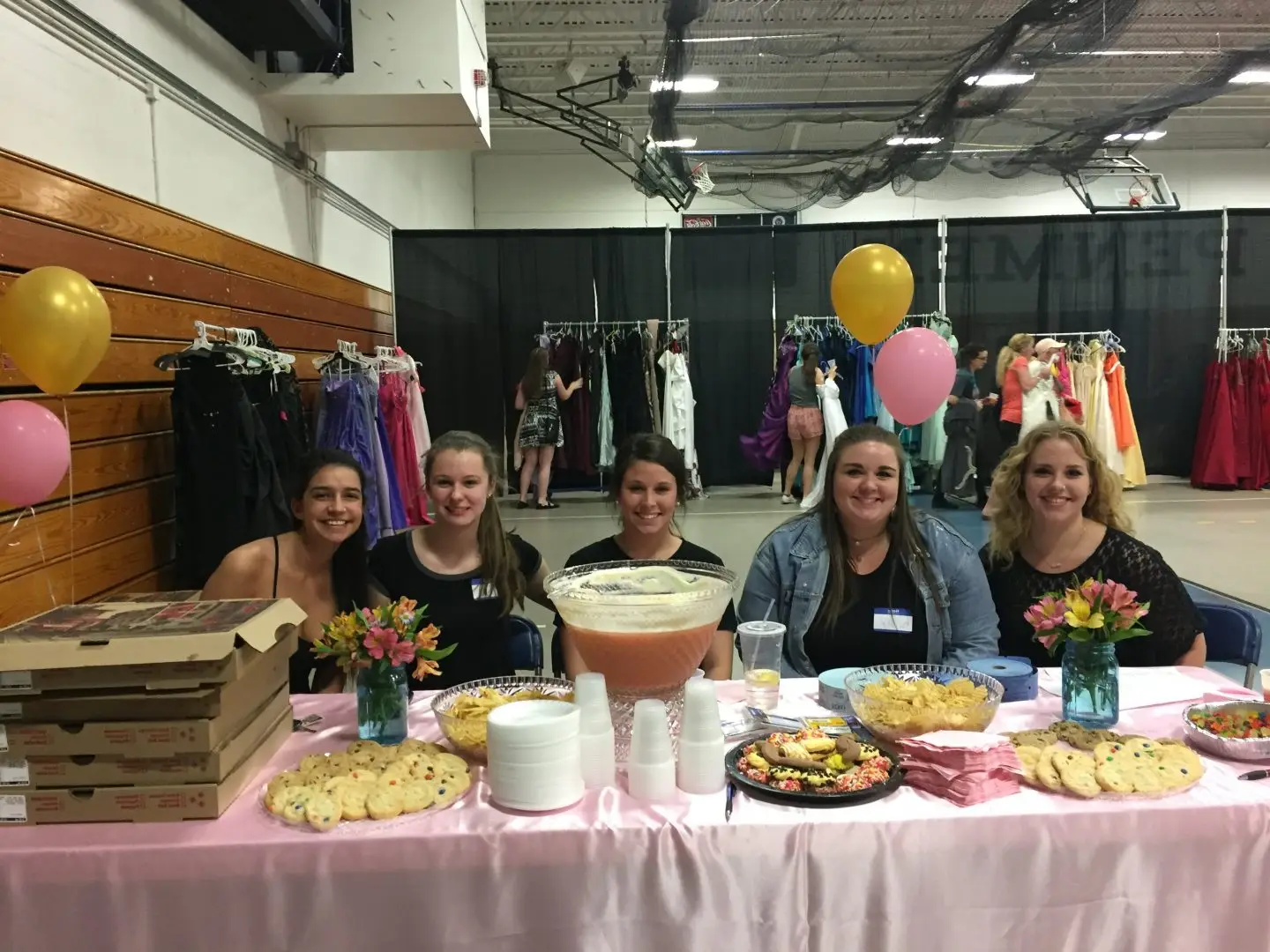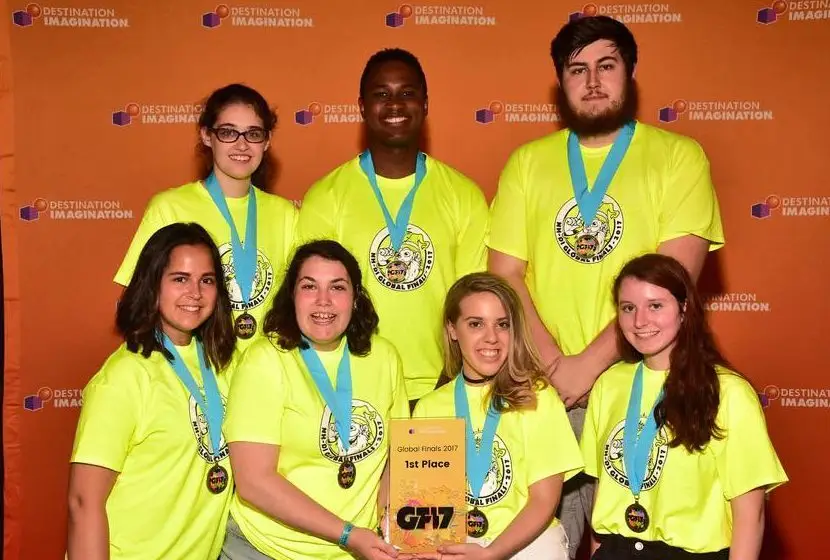In 1980, the Guatemalan government launched “Operation Sophia,” with the intention of ending the civil wars that were plaguing the country for 20 years. This mission would direct the Guatemalan army to destroy the civilian bases where the guerilla movement hid and targeted indigenous Mayan communities who were suspected of supporting them. More than 626 villages were destroyed, more than 200,000 people were killed or “disappeared” and more than 150,000 people were forced to seek refuge in Mexico with an additional 1.5 million people displaced, according to Holocaust Museum Houston.
The indigenous Maya of Guatemala are much more selective of who they allow into their communities since Operation Sophia, but from March 8 to March 14, a lucky group of SNHU students will be journeying to El Pajuil which houses the indigenous Mayan Poqomchi people.
The students enrolled in COM454, otherwise known as Documentary Video Production, will be taught by Assistant Professor of Communications David Humphreys. COM454 is usually offered as a workshop class where students choose a topic to focus on and create their own content. According to Humphreys, in past years this has led to a few problems including students’ ideas not working out in film, or projects completely falling through. He hopes that by making the Guatemala trip a central focus in the course, it will both provide students with a real documentary filmmaking experience and allow for more successful projects.
This opportunity has been developed in collaboration with The Chandler Center, who has helped to fund and organize the trip. Like other alternative spring break trips, a key component is community service. “We’re not coming in to be white saviors. . . We’re not looking at them through a removed point of view. We’re getting right in there with them. If they need help carrying some buckets, we’re carrying buckets,” said Humphreys.
The class will be split into two distinct groups. One will be the video production team who will go to Guatemala and spend approximately three days filming the indigenous people in their community. The second will be the post production team who will receive and compile the footage from the video production team to create two videos for the Guatemalans to use to attract more aid.
“The community hopes that the videos will help to preserve their culture and bring attention to some of the needs they have so that they can use the films to present to internal and external organizations to help them get funding for infrastructure, electricity, running water, and other systems,” said Humphreys. Meanwhile, the students will be able to add a unique piece to their portfolio and understand the expectations when being contracted.
The trip will not be easy. Ultimately though, Humphreys is mostly excited to take these students out of New England to see unknown parts of the world and push their boundaries as filmmakers. “That’s really what I want the students to get out of this is that type of experience where they trust the people next to them, but then they’re also open to experiencing different cultures and things. . . If you’re never running on the line of failure, then you’re not pushing boundaries. If you’re running that risk of failure, that’s when good art and good film and good things happen,” Humphreys said.




